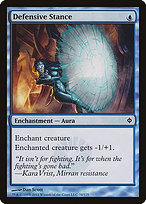
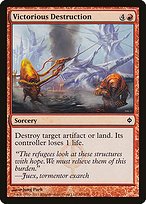
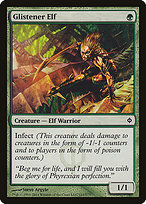
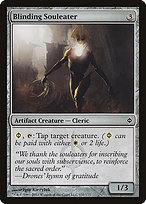
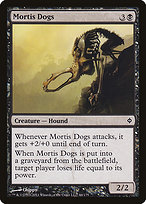
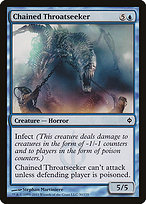
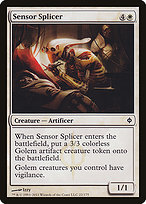
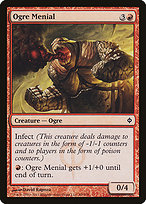
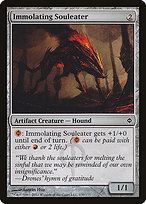
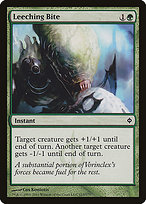
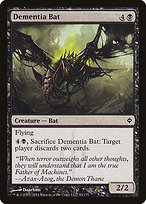
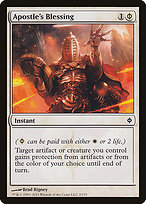
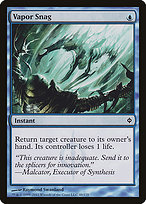

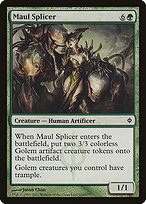
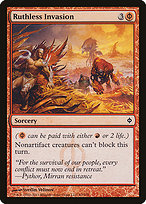
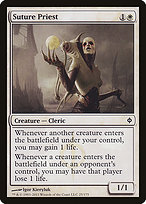
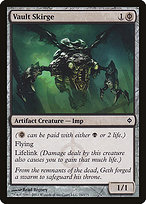
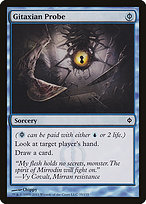
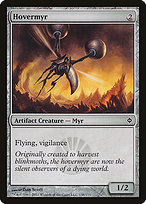

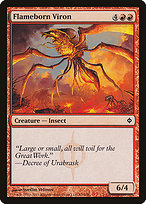
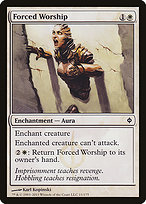

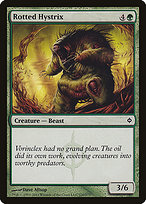

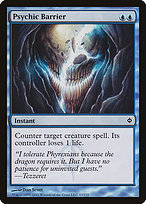
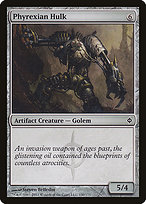
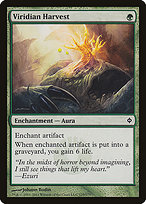


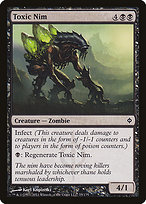
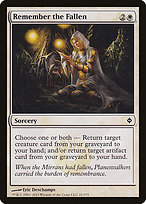


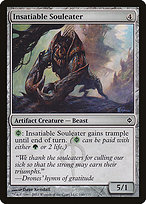
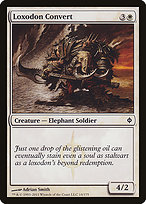
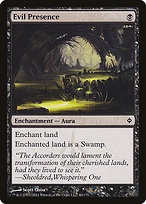
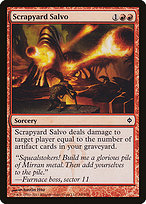

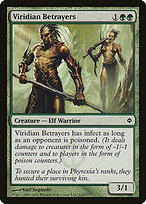










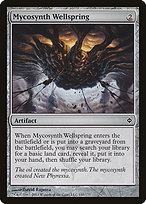














New Phyrexia is a small set with 60 commons, 60 uncommons, 35 rares, 10 mythic rares, and two variations of each standard basic land. This is an unusually large number of uncommons for a small set. Foil cards are included in booster packs with advertised odds of 1 : 67 cards. The set was printed in English in the USA and Belgium.
New Phyrexia was sold in 15 card booster packs (which contain an additional ad card). Booster boxes have 36 packs.
The US printing uses sequential collation.
Packs are back-facing and have 10 commons followed by 3 uncommons, a rare, an ad card, and a basic land. If there is a foil card, it will appear after the land, displacing a common.
| 10 Commons | 3 Uncommons | 1 Rare | 1 Ad Card | 1 Land | ||
| 10 Commons | 3 Uncommons | 1 Rare | 1 Ad Card | 1 Land | 1 Foil | |
The commons are printed on one sheet with each card appearing twice (and one filler). This is divided into a 66-card A run (with 33 distinct cards) and a 54-card B run (with 27 distinct cards). Each pack contains 5 or 6 A commons followed by 4 or 5 B commons. Half of packs are 6+4 and half are 5+5. Common foils displace A common and are probably more common in 5 A packs. Uncommon and rare foils displace B commons.
The uncommons are also printed on one sheet with each card appearing twice (and one filler). This is also divided into a 66-card A run (with 33 distinct cards) and a 54-card B run (with 27 distinct cards). Each pack contains 1 or 2 A uncommons followed by 1 or 2 B uncommons. Since the runs are unbalanced, 2 A cards happens 13/20 of the time.
The A common run consists of 33 distinct cards each appearing twice. The choice of first card is mostly arbitrary.
 |  |  |  |  |  |  |  |  |  |  |
 |  |  |  |  |  |  |  |  |  |  |
 |  |  |  |  |  |  |  |  |  |  |
 |  |  |  |  |  |  |  |  |  |  |
 |  |  |  |  |  |  |  |  |  |  |
 |  |  |  |  |  |  |  |  |  |  |
The B common run consists of 27 distinct cards each appearing twice. The choice of first card is mostly arbitrary.
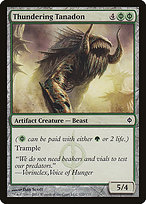 | 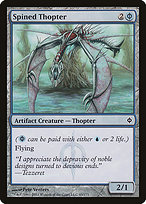 | 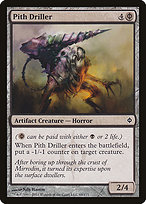 | 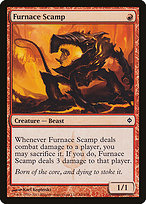 | 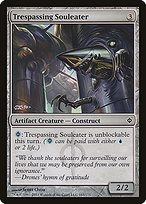 | 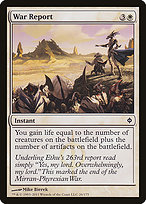 | 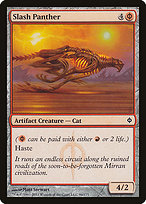 | 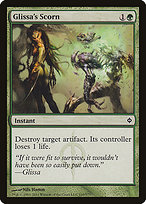 | 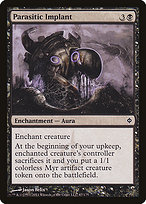 | 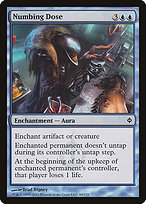 | 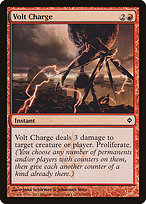 |
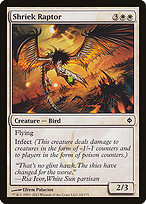 | 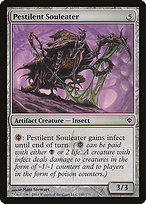 | 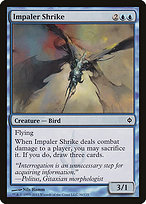 |  | 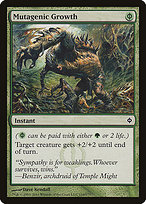 | 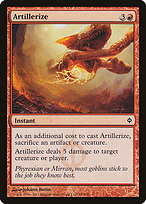 | 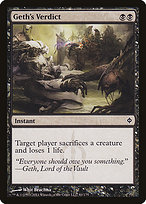 |  | 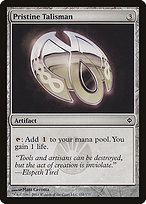 | 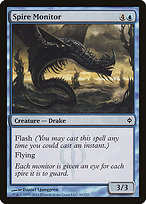 | 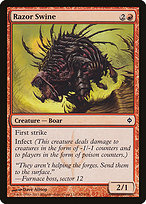 |
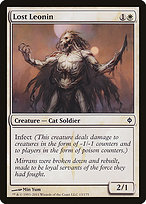 | 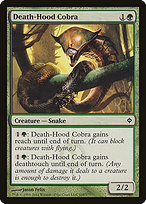 |  | 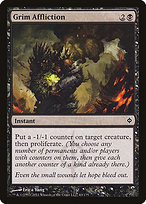 |  |  |  |  | 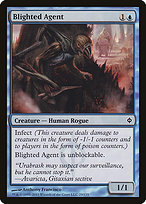 |  |  |
 |  | 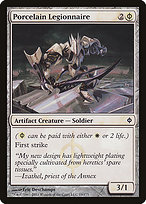 |  | 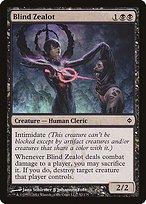 |  |  |  | 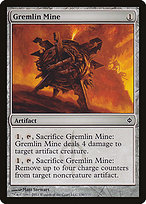 |  |  |
 |  |  |  |  |  |  |  |  |  |
The A uncommon run consists of 33 distinct cards each appearing twice. The choice of first card is mostly arbitrary.
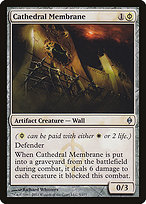 | 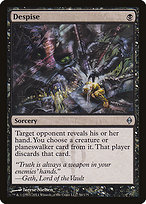 | 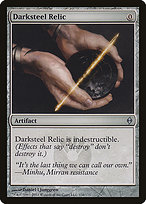 | 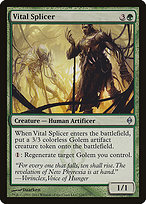 | 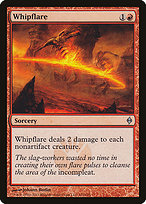 | 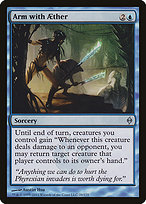 | 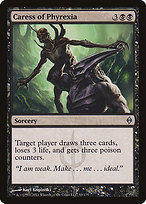 | 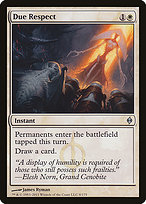 |  | 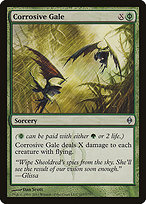 | 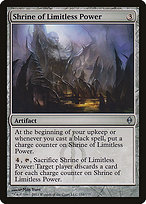 |
 | 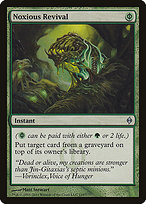 | 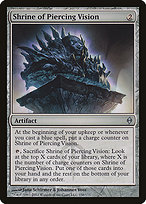 |  | 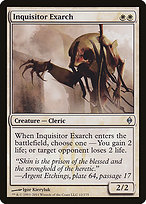 | 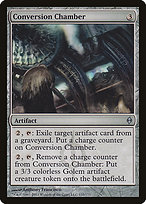 |  | 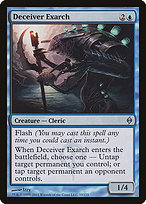 |  |  |  |
 | 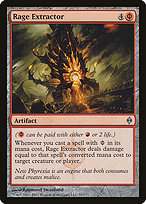 | 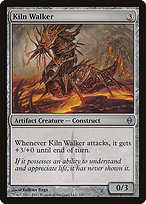 |  |  | 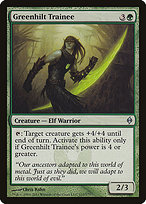 | 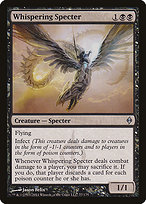 | 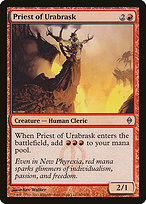 | 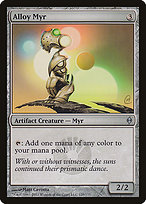 | 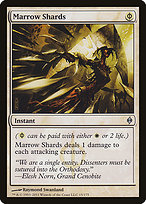 | 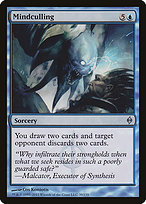 |
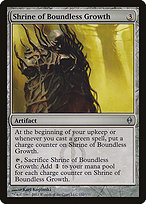 | 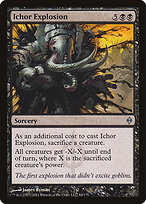 |  |  |  |  | 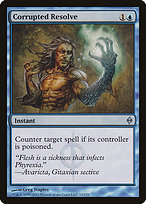 |  |  | 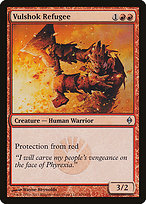 | 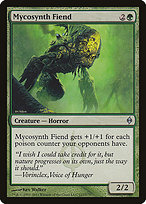 |
 | 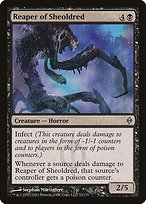 |  |  |  |  |  | 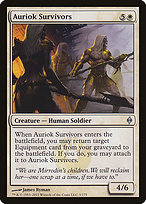 |  |  | 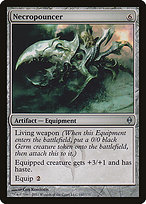 |
 |  |  |  |  | 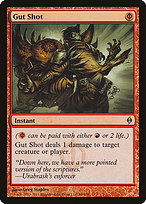 |  |  |  |  |  |
The B uncommon run consists of 27 distinct cards each appearing twice. The choice of first card is mostly arbitrary.
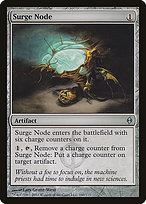 | 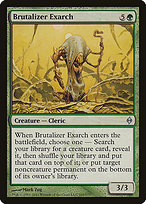 | 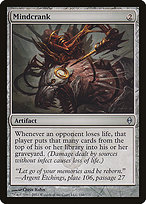 | 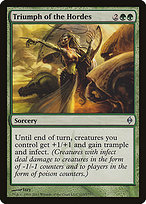 | 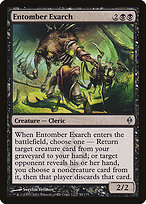 | 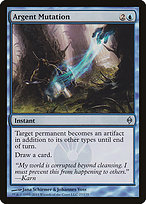 | 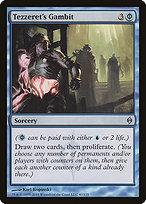 | 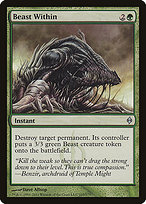 |  | 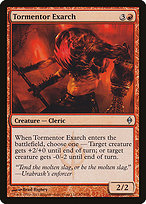 | 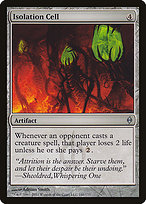 |
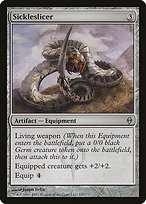 | 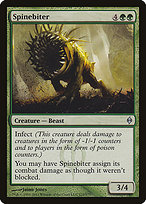 | 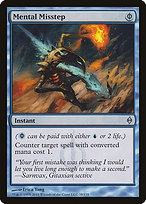 | 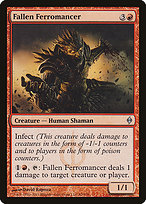 | 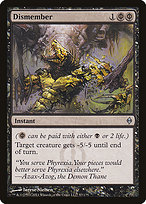 | 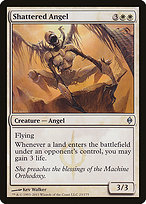 |  | 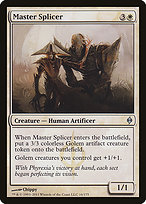 | 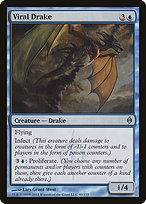 |  | 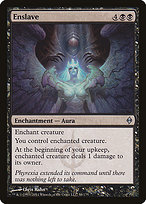 |
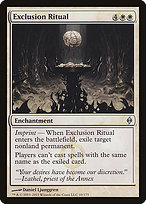 | 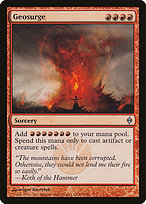 | 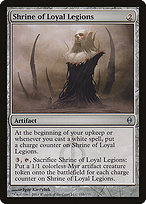 |  |  | 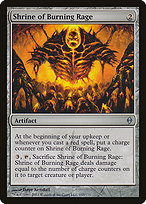 | 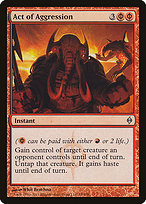 |  |  |  | 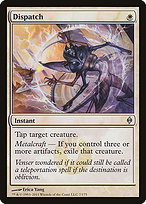 |
 | 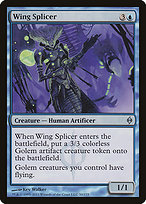 |  |  |  |  |  |  |  |  |  |
 | 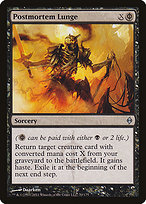 |  |  |  |  |  |  |  |  |